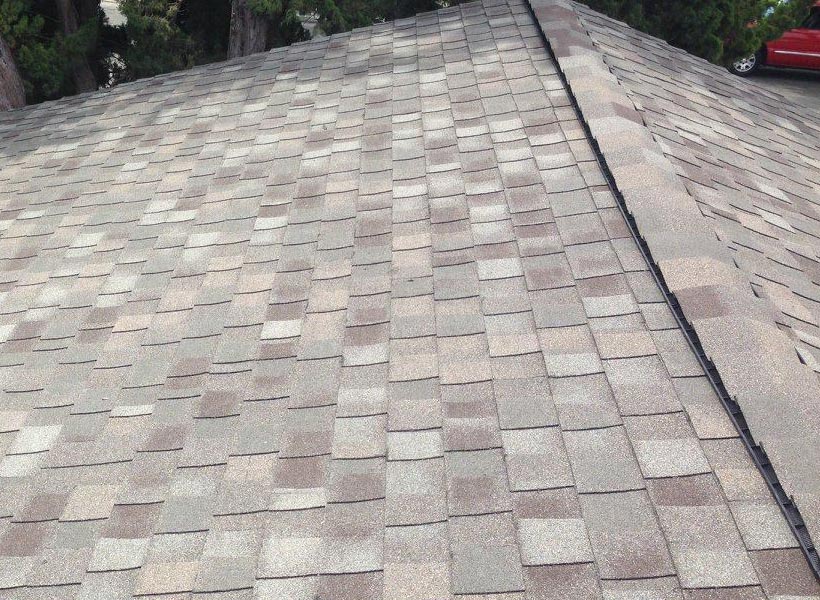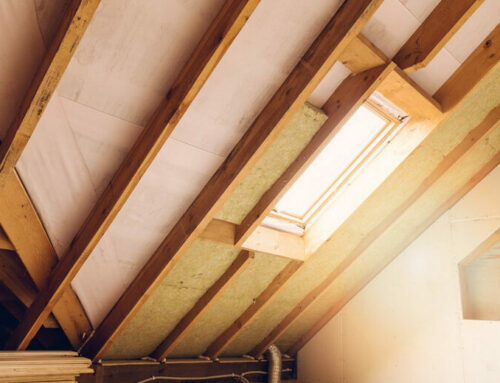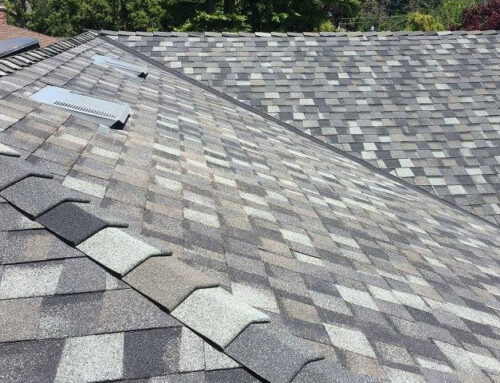The decision to install a ridge vent on your roof depends on various factors, including the type of roof, climate, and overall ventilation needs of your home. A ridge vent is a type of roof ventilation system that runs along the peak of the roof, allowing hot air and moisture to escape from the attic space. Most experts agree that though other roof vents allow some ventilation (which is better than none), ridge vents are the most efficient and cost-effective roof ventilation system around. There are several considerations to help you determine if your roof needs a ridge vent.
Consider the type of roof you have. Ridge vents are most effective on roofs with a sloped design, where the peak forms a ridge. This allows the vent to be installed along the highest point, facilitating the natural rise of warm air. If your roof has multiple peaks or is flat, other ventilation options may be more suitable.
Climate is another crucial factor. In hot climates, proper ventilation is essential to prevent heat buildup in the attic, which can lead to increased energy costs and potential damage to the roof structure. Ridge vents excel in warm climates by promoting passive ventilation. However, in colder climates, where preventing ice dams is a concern, other ventilation methods such as soffit vents and gable vents may be more effective.
Assess the existing ventilation in your home. If you notice problems such as excess heat in the summer, ice dams in the winter, or moisture-related issues like mold or mildew, it may be an indication that your current ventilation system is inadequate. Ridge vents can address these issues by providing continuous ventilation along the entire length of the roof.
Consider the size of your attic space. Larger attics may require more ventilation to effectively remove heat and moisture. Ridge vents, combined with other types of ventilation like soffit vents, can create a balanced airflow system. This ensures that fresh air enters the attic from the soffit vents, while warm air and moisture exit through the ridge vent, promoting efficient ventilation.
Evaluate the cost and installation process. While ridge vents offer long-term benefits, it’s essential to consider the initial investment and the ease of installation. Consulting with a roofing professional can help you determine the cost-effectiveness and feasibility of adding a ridge vent to your roof.
Think about local building codes and regulations. Some areas may have specific requirements regarding roof ventilation to ensure the safety and durability of the structure. Checking with local authorities or consulting a roofing professional will help you understand and comply with any relevant regulations.
In conclusion, the decision to install a ridge vent on your roof depends on various factors specific to your home and location. Assessing your roof type, climate, existing ventilation, attic size, cost considerations, and local regulations will guide you in making an informed decision. Consulting with a roofing professional can provide valuable insights and ensure that your ventilation system meets the specific needs of your home.







